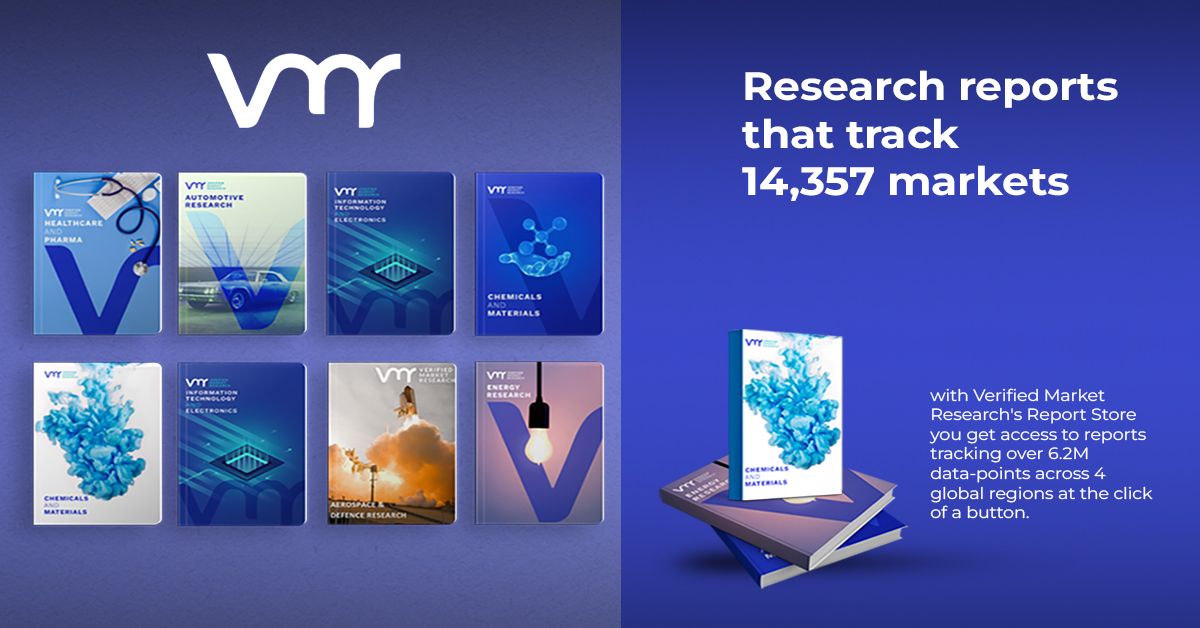Latest Key Developments in the Functional Textile Finishing Agents Market: A 2024 Outlook
The global Functional Textile Finishing Agents Market is poised for dynamic growth, driven by evolving industry needs and technological advancements. As a core component in textile manufacturing, these agents enhance the properties of fabrics, providing functionalities like water repellency, antimicrobial resistance, and flame retardance. In recent years, innovations, sustainability, and market expansion strategies have reshaped the competitive landscape. This article dives into the latest developments, analyzing key trends and opportunities in the sector.
A Market Under Transformation
In recent years, the demand for functional textile finishing agents has surged due to their applications in various end-use industries, including sportswear, protective gear, and medical textiles. This market, valued at $2.1 billion in 2022, is expected to witness a compound annual growth rate (CAGR) of 5.6% through 2032. The increasing awareness of health and hygiene post-COVID, combined with the surge in high-performance textiles for athletic and protective applications, is fueling this growth.
1. Technological Advancements and Product Innovation
Key players in the market, including Huntsman International, Rudolf GmbH, and Wacker Chemie, have heavily invested in R&D to introduce sustainable, high-performance solutions. Innovations in smart textiles—fabrics embedded with sensors or conductive materials—are pushing the boundaries of functional textile finishing agents. For instance, flame-retardant, water-repellent, and UV-protective coatings are becoming more sophisticated, serving industries like defense, sports, and automotive.
Companies like Rudolf GmbH are also spearheading initiatives to repurpose plastic waste into functional textile finishes. Their Cycle-Logic initiative, which transforms polyethylene terephthalate (PET) into textile chemicals, exemplifies the sector’s shift toward circular economy practices.
2. Sustainability as a Growth Driver
A pivotal development in recent years has been the industry’s emphasis on sustainability. Consumers and industries alike demand eco-friendly products, and textile finishing agents are no exception. Leading companies are adopting more sustainable production methods, including bio-based chemicals and zero-waste manufacturing. For example, Huntsman Textile Effects is recognized for its environmentally friendly finishing solutions designed to reduce the ecological footprint of textiles without sacrificing performance.
Another factor bolstering sustainability in the market is the rising demand for waterless finishing technologies. Traditional finishing methods often require vast amounts of water, leading to environmental concerns. Emerging technologies like plasma finishing and digital printing are offering more water-efficient alternatives, thereby gaining traction in the functional textiles industry.
3. Rising Demand in Key Regions
Regionally, the Asia-Pacific continues to dominate the global market, accounting for nearly 40% of total market share. Countries such as China and India lead in both production and consumption of functional textile finishing agents due to the expanding textile manufacturing sectors in these regions. China, being the largest textile producer in the world, is a major consumer of these agents, while India’s booming garment industry fuels steady demand.
In contrast, the European market is witnessing rapid growth, particularly driven by industries such as automotive, healthcare, and protective clothing. Countries like Germany and Italy are at the forefront of adopting innovative finishing technologies. Germany, in particular, has established itself as a leader in sustainable textile solutions, focusing on high-tech, multifunctional fabrics. The adoption of functional textiles in automotive interiors and medical textiles has spurred investments in this market.
Key Players and Market Strategies
Several major players are shaping the market through strategic partnerships, mergers, and product launches. Huntsman International LLC, Rudolf GmbH, and Evonik Industries are among the key participants leveraging collaborations and acquisitions to expand their product portfolios and market presence. These companies are focusing on developing multi-functional agents that combine various features like moisture management, flame resistance, and antimicrobial protection in a single product.
Moreover, digital marketing and influencer partnerships are increasingly being used as growth strategies by functional textile finishing agent manufacturers. These techniques help companies tap into new customer bases and increase brand awareness, particularly in younger demographics more concerned with sustainability and performance.
4. Challenges and Restraints
While the market is flourishing, it is not without challenges. The high cost of raw materials and the complex, multi-stage production process of advanced finishing agents are key restraints. Additionally, stringent regulatory frameworks concerning environmental impact and chemical safety in regions like the European Union and North America pose hurdles for manufacturers, compelling them to invest in costly compliance measures.
Future Opportunities and Trends
Looking ahead, several trends are set to shape the future of the functional textile finishing agents market:
- Smart Textiles Integration: The rise of wearable technology has created a new market for intelligent fabrics, and textile finishing agents that can accommodate sensors or conductive materials will see increased demand.
- Antimicrobial and Anti-Viral Finishes: The post-COVID-19 era has heightened awareness around hygiene, leading to a spike in demand for antimicrobial finishes. Textiles with anti-viral properties, particularly for use in healthcare, will continue to drive market expansion.
- Flame-Retardant Agents: With stricter safety regulations in industries like construction and automotive, flame-retardant finishes are gaining prominence. Innovations in this area are aimed at creating more effective yet less toxic formulations.
The Functional Textile Finishing Agents Market is at a transformative juncture, poised for substantial growth driven by technological innovation, sustainability, and increasing demand from industries requiring high-performance textiles. Key players continue to invest in R&D to cater to the evolving needs of this dynamic market, creating opportunities for new entrants and established firms alike.
With an increasing focus on sustainable solutions and smart textiles, the industry is set to remain a critical pillar of the global textile ecosystem. Stakeholders across the value chain—from raw material suppliers to end-product manufacturers—are set to benefit from the ongoing developments and innovations within this market, making it one of the most exciting sectors to watch in the coming decade.










